A personal approach to Black History Month
Natalie is an artist from London, of Caribbean heritage. Her main focus is African and Caribbean cultures and histories, dreams, the subconscious and relationships. She explains her work for Black History Month, and what it means to her.
I love colour, geometry, layers, symbols and ‘secret’ codes. My work is experimental, layered and in-flux.
Being Caribbean means being diverse and having a cultural mix. It means at once displacement and uprooting, historically, but it’s also grounding and re-affirming.
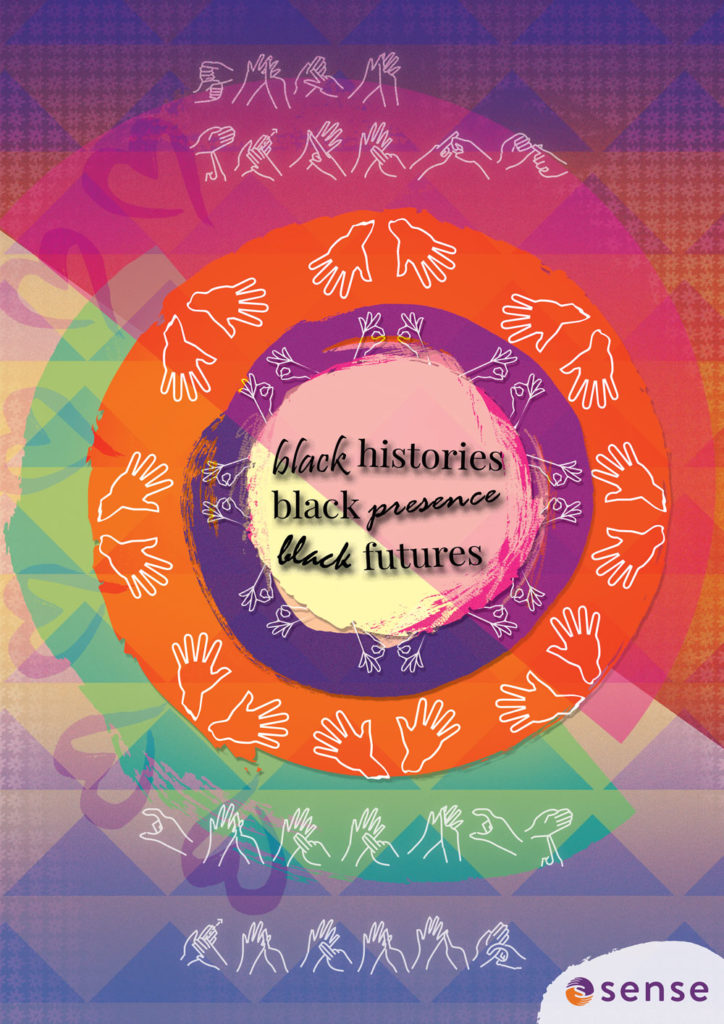
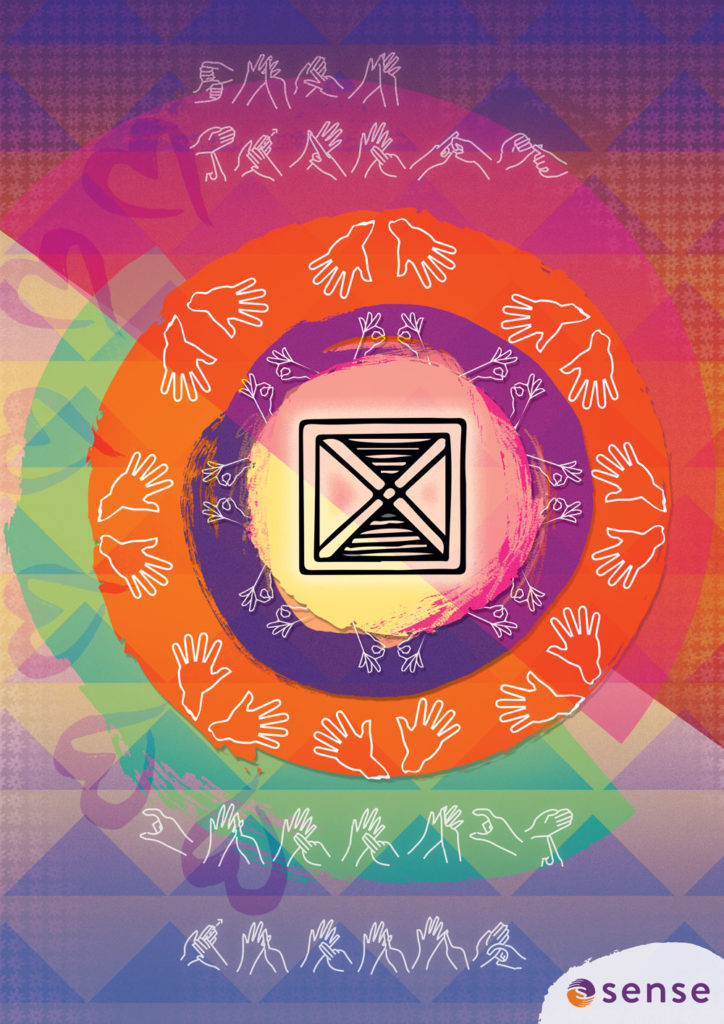
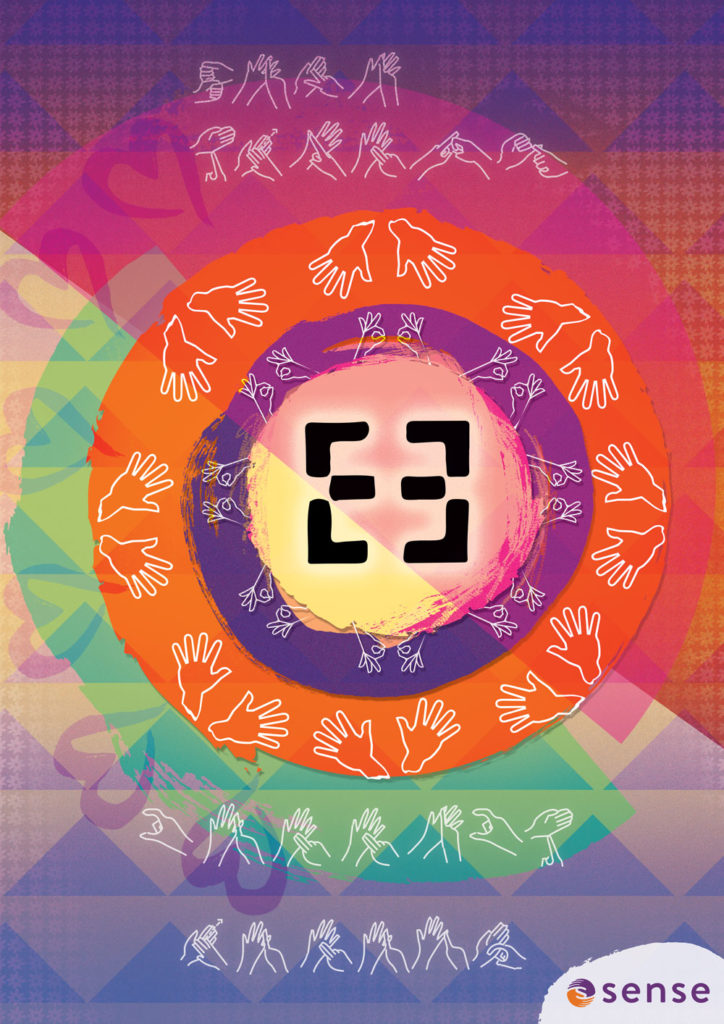
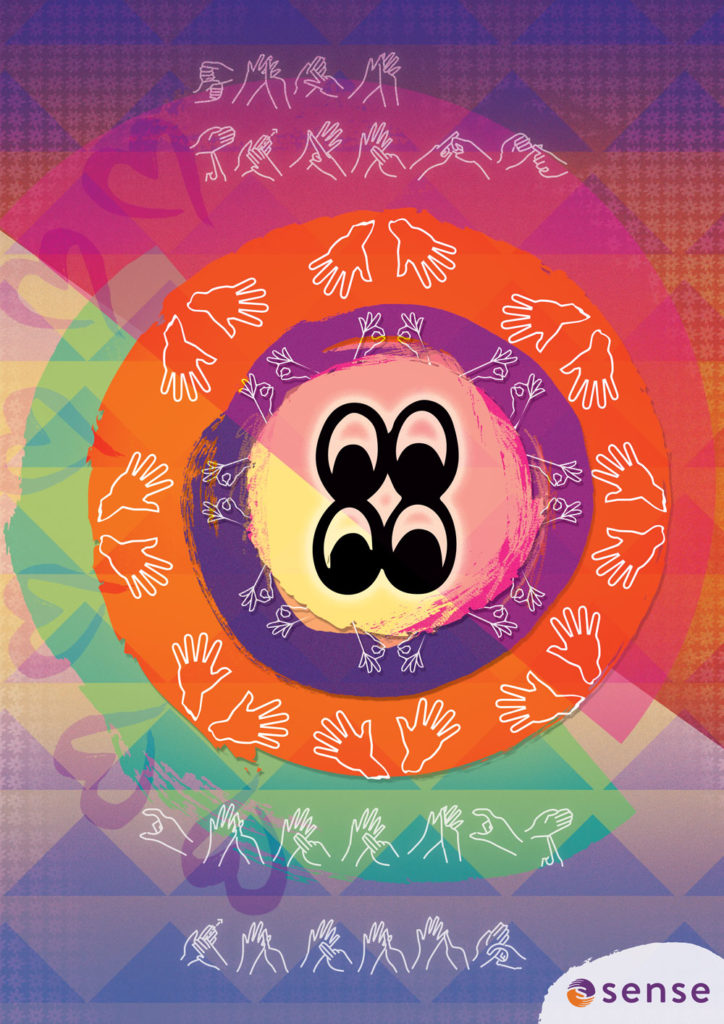
Black histories, black presence, black futures
In my work for Sense for Black History Month, the words ‘black histories, black presence, black futures’ are about the scope of what black history means to me.
Naturally, my education of black history centred on the past, which is a typical and understandable starting point. But if that history only speaks of trauma, degradation and suffering, it can become a self-fulfilling prophecy.
Our ideas of our past form our views of our future, so it is important to have a well-rounded version of history. ‘Black presence’ emphasises the importance of neither extreme but where we are now, and what we can do now.
It’s the only time we can ever do anything.
‘Black presence’ also relates to the presence of Africans in Britain over the past 2000 years, and more so the past 500 years. It’s also an attempt to acknowledge the historical African presence across Eurasia, pre-Colombian America and the world.
Symbols and signs
The symbols in the artwork feature one of the most recognisable symbol systems, the ‘Adinkra’ of Ghana, West Africa. I chose them because they relate to my ancestry. They all mean different things.
The pyramids which overlay the whole piece reference the most recognisable symbol of African civilisation.
The Makaton sign system was new to me, so I’ve included ‘peace’ and ‘freedom’ on the central discs.
Peace, because when we fully acknowledge the enormous contribution African and indigenous peoples have made to this world, we may have some semblance of respect. We may have something other than the persistent but painfully slowly changing Western narratives of no history, no civilisations, no writing.
And freedom because we all have the right to experience life fully and to be free from oppression.
Sign language
I taught myself two sign languages at school: the British Sign Language (BSL) alphabet and a written code used by Mary Queen of Scots. I wanted to communicate privately with friends.
I like that not everyone will be able to decode the messages in the art. Maybe it’s a bit exclusive, but we live in a world that is exclusive to disabled or differently abled people and it’s not often seen as a priority.
For me, Black History Month is a bit of a mixed bag.
I have certainly benefitted from the initiative and greatly appreciate the efforts of those who have come before to make sure I am better informed of my place in the world.
I am critical, however, of the interpretation offered by mainstream schools, which often exclusively speak of African American history and trans-Atlantic enslavement.
I practise black history every day and this month serves as an important reminder to give back to children and people who are still learning. To those who want or need guidance from those of us who have already spent the time, energy, money and effort.
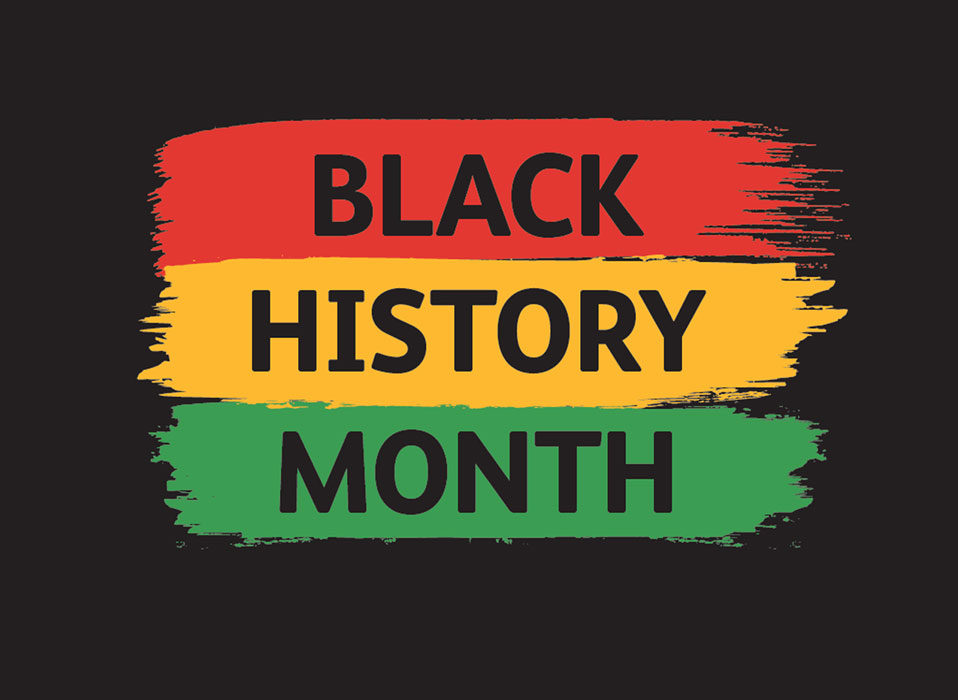
Find out more about Black History Month at Sense.

